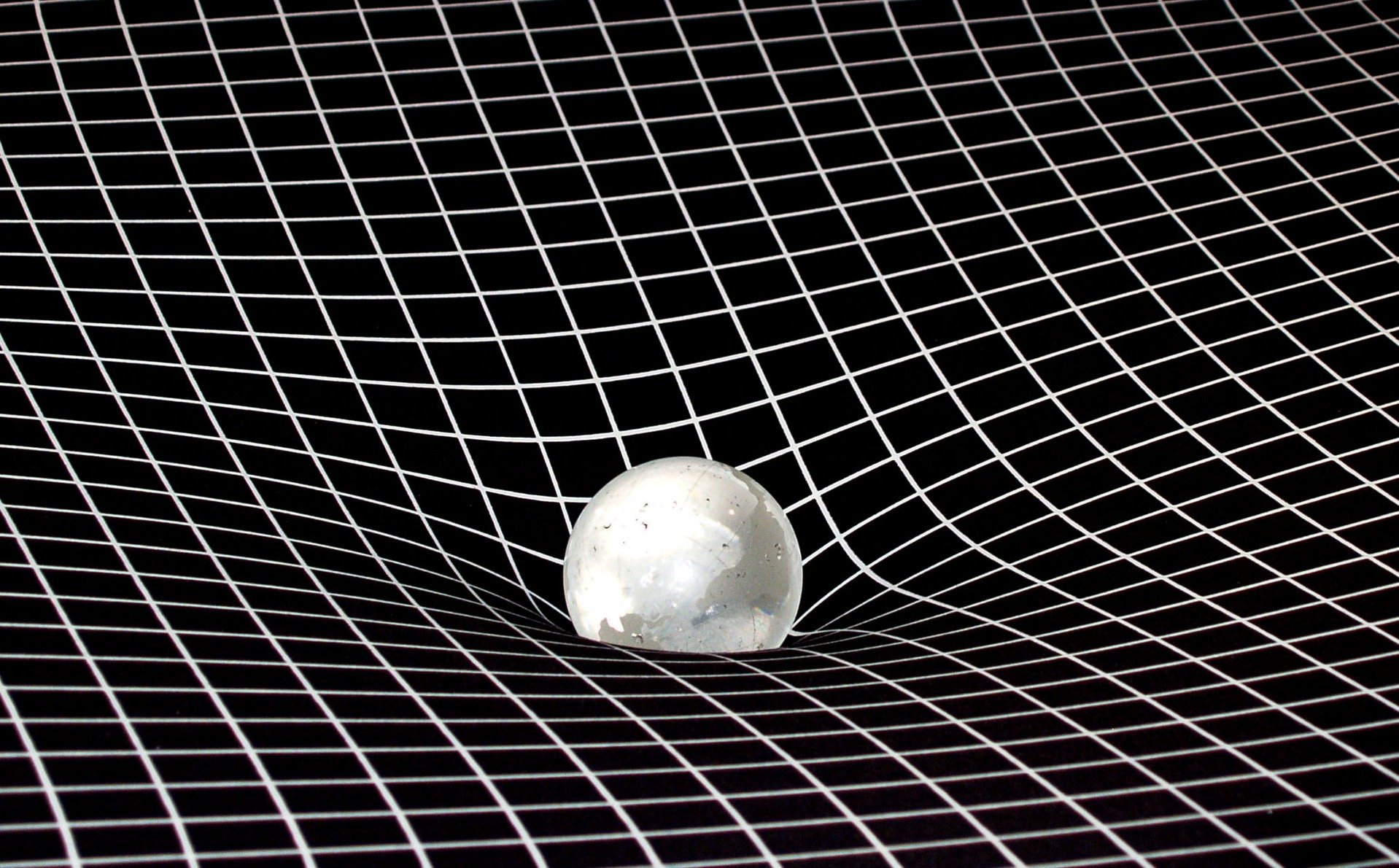From idea to space mission
Every space mission requires years, often decades, of planning and preparation. But back in the beginning, every mission starts as an idea. When leading space agencies try to decide on a course of action, i.e. what astronomical problem to focus on, what celestial objects to send probes to and so on, they first collect ideas from the scientific community. Scientists submit white papers where they describe a particular concept and argue why it should be chosen among hundreds of others. A special committee then reviews these papers and several most outstanding ideas addressing the most important and interesting questions are then developed.
One of the latest proposals for the ESA long-term Science Program Voyage 2050 caught our attention. Its authors came up with an idea of a space mission (GrailQuest) that is concerned with- no less- the theory of everything!
Einstein and “The Theory Of Everything”
We describe the World around us with two powerful tools: the General Theory of Relativity, “the theory of very big”, and Quantum Mechanics, “the theory of very small”. Unfortunately, the two do not see eye to eye. General Relativity talks about gravity in terms of geometry of Space-Time itself. We all remember from school that “gravity bends space”, right?
On the other hand the objects that occupy Space-Time: stars, planets, galaxies and so on, are made of tiny particles that behave according to the laws of Quantum Mechanics. In Quantum Mechanics properties of particles (such as position, spin, energy) can only have a discrete set of values and behaviours are described by probabilities.
Einstein himself was not very fond of Quantum Mechanics to say the least. He spent a lot of time trying to disprove the theory or find a way around it, but with no success.
Today we understand how gravity exerts its influence in macroworld, but there is still no understanding of how it acts on a micro level. If Einstein’s curved Space-Time approach works around stars, then it definitely fails around electrons and other particles.
Quantum Gravity
For many decades now scientists have been trying to merge General Relativity with the bumpy probabilistic world of Quantum Theory. The approach, known as Quantum Gravity, might be the very unified theory Einstein sought-and failed-to find. But the price to pay for this “Theory of Everything” is, possibly, to accept that Space-Time is not continuous, as Einstein’s Relativity suggests, but discrete. In other words, that there is a minimum length of space and time. An “atom of space and time” so to speak.
So…continuous or discrete?
How can we possibly check whether Space-Time is smooth or frame-like? Well…there might be a way!
Einstein taught us that the speed of light in vacuum is a universal constant independent of the energy of the photons. That means radio waves propagate just as fast as visible light and Gamma-rays and all other parts of the electromagnetic spectrum. But if Space-Time is “grainy”, then the speed of light (in vacuum) will no longer be a constant! Photons with different energies will be travelling from a source to an observer through a quantified Space-Time with different speeds. Therefore we will detect them not simultaneously, but with a tiny (photon-energy-dependent) delay! This effect is similar to dispersion that occurs when white light goes through water droplets causing a rainbow.
The “Space-Time atoms”, if present, are extremely tiny. In fact, they should be many orders of magnitude smaller than we can currently detect with modern instruments. But…
GrailQuest
A a group of Italian astronomers came up with a mission concept they called GrailQuest. They propose to launch a fleet of hundreds of small X-ray detectors on nano-satellites into the Earth’s low orbit in order to observe Gamma Ray Bursts (GRBs), the most energetic kabooms in the Universe. GRBs are short lived flashes of hard X and soft Gamma radiation that occur in distant galaxies.They accompany the collisions of neutron stars and black holes.
The light from GRB events travels billions of years before it reaches the Earth. Therefore the tiny “delays” in the speed of photons with different energies will accumulates enough to become detectable by GrailQuest X-ray “eyes”.
The possibility of living in the discrete Space-Time is mind boggling. And so is the prospect of finally having a unified theory of gravity. So go GrailQuest!
More information
- Read the original GrailQuest proposal GrailQuest: hunting for Atoms of Space and Time hidden in the wrinkle of Space–Time
- Visit our inflatable space dome
- Send your questions and comments to our portable star dome team
- Check out other WonderDome Astronomy blog posts


